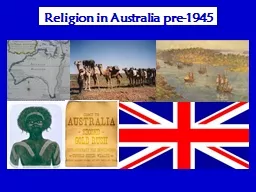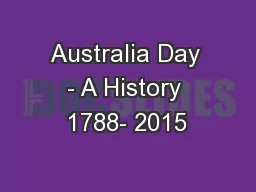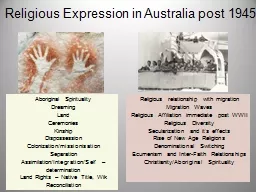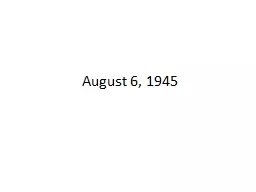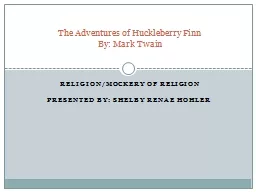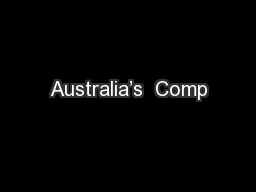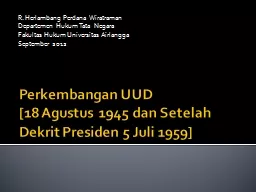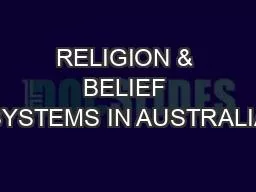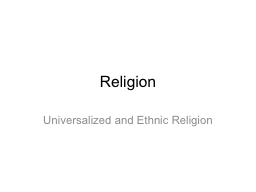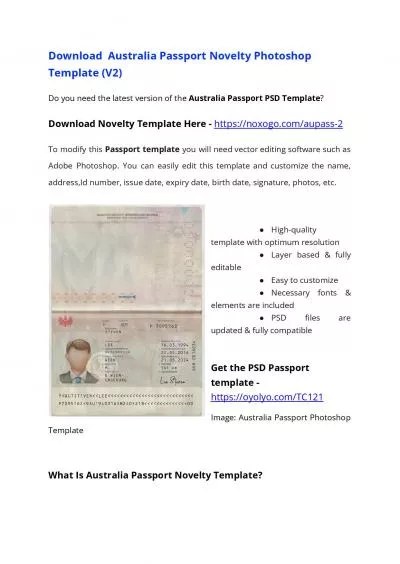PPT-Religion in Australia pre-1945
Author : tatiana-dople | Published Date : 2016-12-17
Time frame 1788 1945 and the growth of religion The religious landscape immediately after the arrival of the first fleet and the issue of Sectarianism The arrival
Presentation Embed Code
Download Presentation
Download Presentation The PPT/PDF document "Religion in Australia pre-1945" is the property of its rightful owner. Permission is granted to download and print the materials on this website for personal, non-commercial use only, and to display it on your personal computer provided you do not modify the materials and that you retain all copyright notices contained in the materials. By downloading content from our website, you accept the terms of this agreement.
Religion in Australia pre-1945: Transcript
Download Rules Of Document
"Religion in Australia pre-1945"The content belongs to its owner. You may download and print it for personal use, without modification, and keep all copyright notices. By downloading, you agree to these terms.
Related Documents

